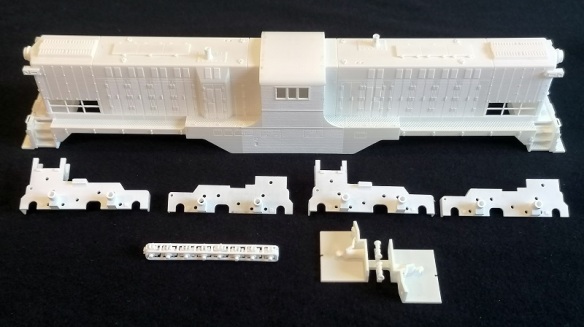
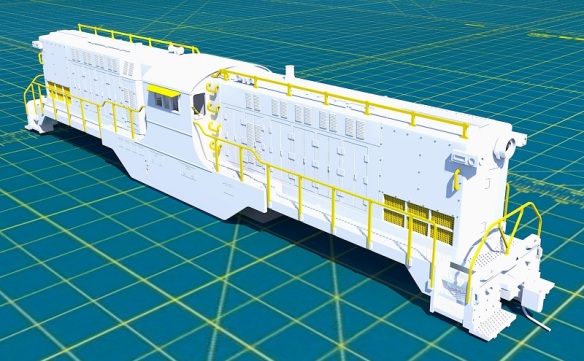
This kit is for a HO Scale Baldwin DT6-6-2000. It is designed to fit over a HO scale Bowser (Stewart) C-628 or C-630 chassis.
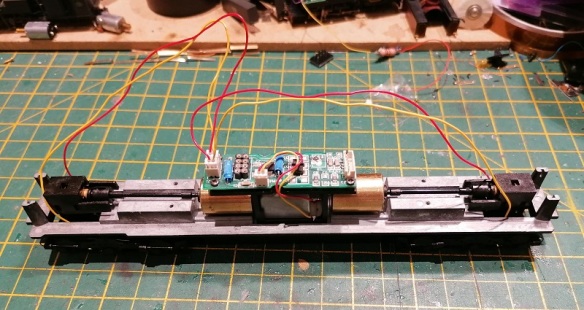
The kit comes in four parts. The main body shell of which there are several to chose from, four truck centers and gears to convert the standard Bowser trucks into the correct type, detail parts which consist of thr cabs with engineers, horns and lower pilot sections and lastly the etched details which include the handrails, grab irons, windscreen wipers, and sun visors.

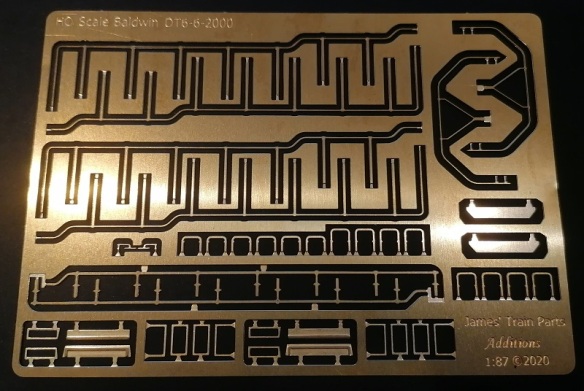
This locomotive kit is currently available in 3 versions;
For a description of the different types please see further down the page.
To convert the Bowser Trimout or High-Adhesion trucks to Commonwealth, you’ll need my conversion kit which contains four truck center halves and 8 gears and can be ordered from Shapeways using the link below.
https://www.shapeways.com/product/5XK97PV2H/baldwin-dt6-6-2000-ho-truck-parts
Commonwealth truck side frames are available from Bowser with their kit 96-603; it can also be used to upgrade an older Stewart Chassis to better pick up if that’s the one you have. It can be found at the bottom right of the Bowser page using the link below.
https://www.bowser-trains.com/instructions.html
If these become hard to get let me know, I can make a 3D printed set of side frames available.
The small parts as a separate model. This model contains the crew and cabs, horns, and triangular pilot blocks. This can be ordered from Shapeways using the link below.
https://www.shapeways.com/product/EKW9D3ENC/baldwin-dt6-6-2000-ho-parts
The etched Additions of the HO DT6-6-2000 can be purchased using the link below.
The couplings for this locomotive has been designed as Kadee #148 HO Scale 140-Series Whisker® Metal Couplers with Gearboxes – Universal – Medium (9/32″) Centerset Shank.
To make the couplings powered you’ll need the Precimodels kit.
https://www.precimodels.com/en/
All the kits 3D parts are printed in the Shapeways Fine Detail Plastic material which will require cleaning upon delivery, please see my FAQs for more information.
Different Shell Types:
Baldwin DT6-6-2000 HO Type 1 has no window shades or frames and the horns are further forward in the roof. This is to model the Baldwin demonstrator, No, 2000. ()
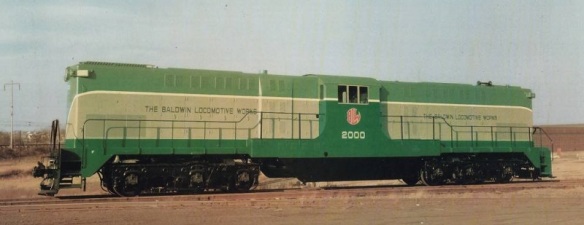
ATSF 2600 before any rework. (Uncredited image – it was in a magazine but I have no idea which one, so if you know where this image originates from please drop me a message).
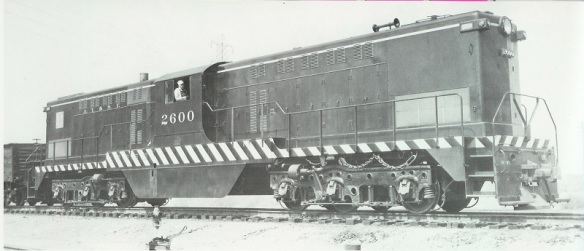
Elgin, Joliet, and Eastern Railway early DT6-6-2000s such as no, 104 shown below. (Uncredited image – If you know where this image originates from please drop me a message).
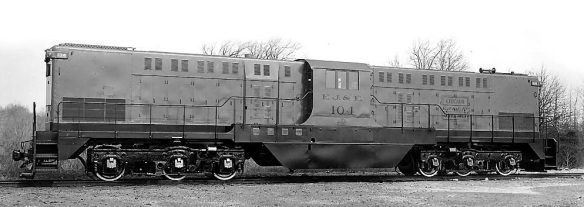
My Baldwin DT6-6-2000 HO Type 1 can be ordered from Shapeways using the link below.
https://www.shapeways.com/product/9PB8YPQAM/baldwin-dt6-6-2000-ho-type-1
The Baldwin DT6-6-2000 HO Type 2 has slots above the windows for the brass sunshades and the horns have been moved back closer to the cab. This is to model the early ATSF locos such as 2601 & 2602. I think it’ll also work for some of the EJ&ER locos.
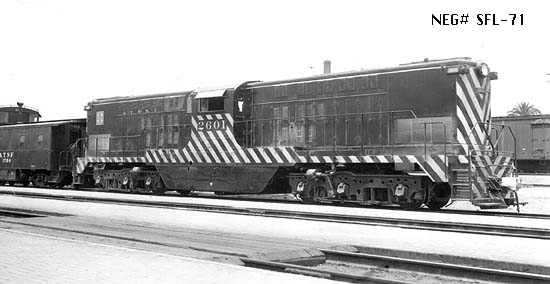
My Baldwin DT6-6-2000 HO Type 2 can be ordered from Shapeways using the link below.
https://www.shapeways.com/product/ES5Y6AH27/baldwin-dt6-6-2000-ho-type-2
The Baldwin DT6-6-2000 HO Type 3 has slots around the windows for the brass window box and the horns have been moved back closer to the cab. The side plates under the cab have also been removed.
This is to model The Minneapolis, Northfield, and Southern Railway no 21. (Picture from Illinois Railway Museum http://www.railroadmichigan.com/illinoisrailwaymuseum.html)
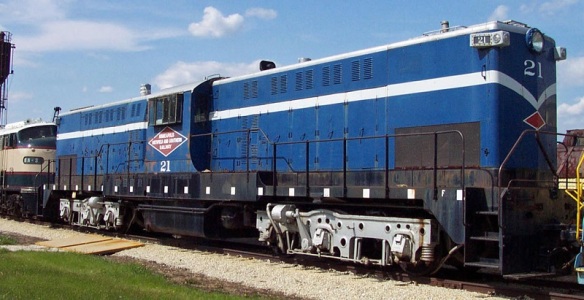
The window box looks like this, I’ll do a post later to show how it fixes together.
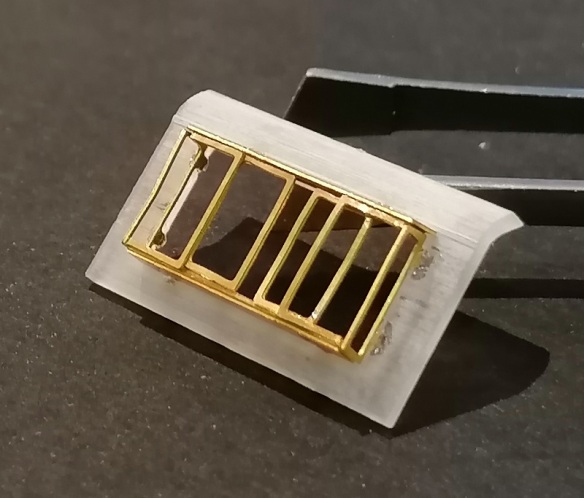
Because the side plates have been cut back you will be able to see the model chassis. I’ll look at making a fuel tank section to cover this at a later date, this will also be used for the RT-624.
My Baldwin DT6-6-2000 HO Type 3 can be ordered from Shapeways using the link below.
https://www.shapeways.com/product/XUCQYADSG/baldwin-dt6-6-2000-ho-type-3
A bit of history on the DT6-6-2000……..
In 1946 the Baldwin Locomotive Works, who were already manufacturing small switching diesel locomotives, set about designing a locomotive with more power to be used as a transfer locomotive. Its primary function would be to transfer rolling stock locally from one freight yard to another, so it needed the power of a road locomotive but not the speed. It also needed to maintain the visibility and benefits of the smaller switching locomotives. Baldwin’s answer was the DT6-6-2000 Center Cab.
Baldwin’s naming convention, DT6-6-2000, refers to several things: DT stands for “Diesel Transfer”, the first 6 refers to the number of axles, the second 6 refers to the number of axles powered by traction motors and the 2000 refers to the locomotive’s horsepower rating.
The locomotive, as the name suggests, has a centrally located cab allowing the engineer to see both ends which makes it easy to couple to rolling stock at either end. Road locomotives normally had a cab at one end with windows only facing forwards; they would either need to be turned at the end of the line or run in pairs with another road locomotive facing the other way.
The DT-6-6-2000 is powered by two diesel engines, one for each three axle truck. The design was effectively two switching locomotives back-to-back sharing one cab. The original prototype had a pair of 8 cylinder normally aspirated diesel engines (Type 608NA) but all the other production locomotives had a pair of 6 cylinder turbocharged diesel engines (Type 606SC).
Several railroads tried the locomotives and a total of 46 were made between 1946 and 1950, each with slight differences as the design improved. There is only one left now and it is preserved at the Illinois Railway Museum in Union, Illinois. The Elgin, Joliet and Eastern Railway purchased the most ordering 27 in total.

You must be logged in to post a comment.